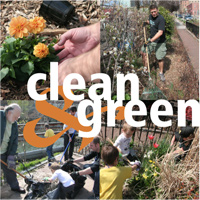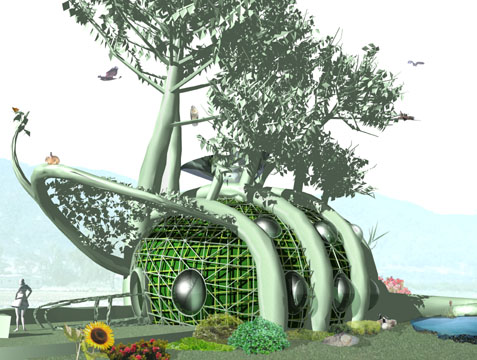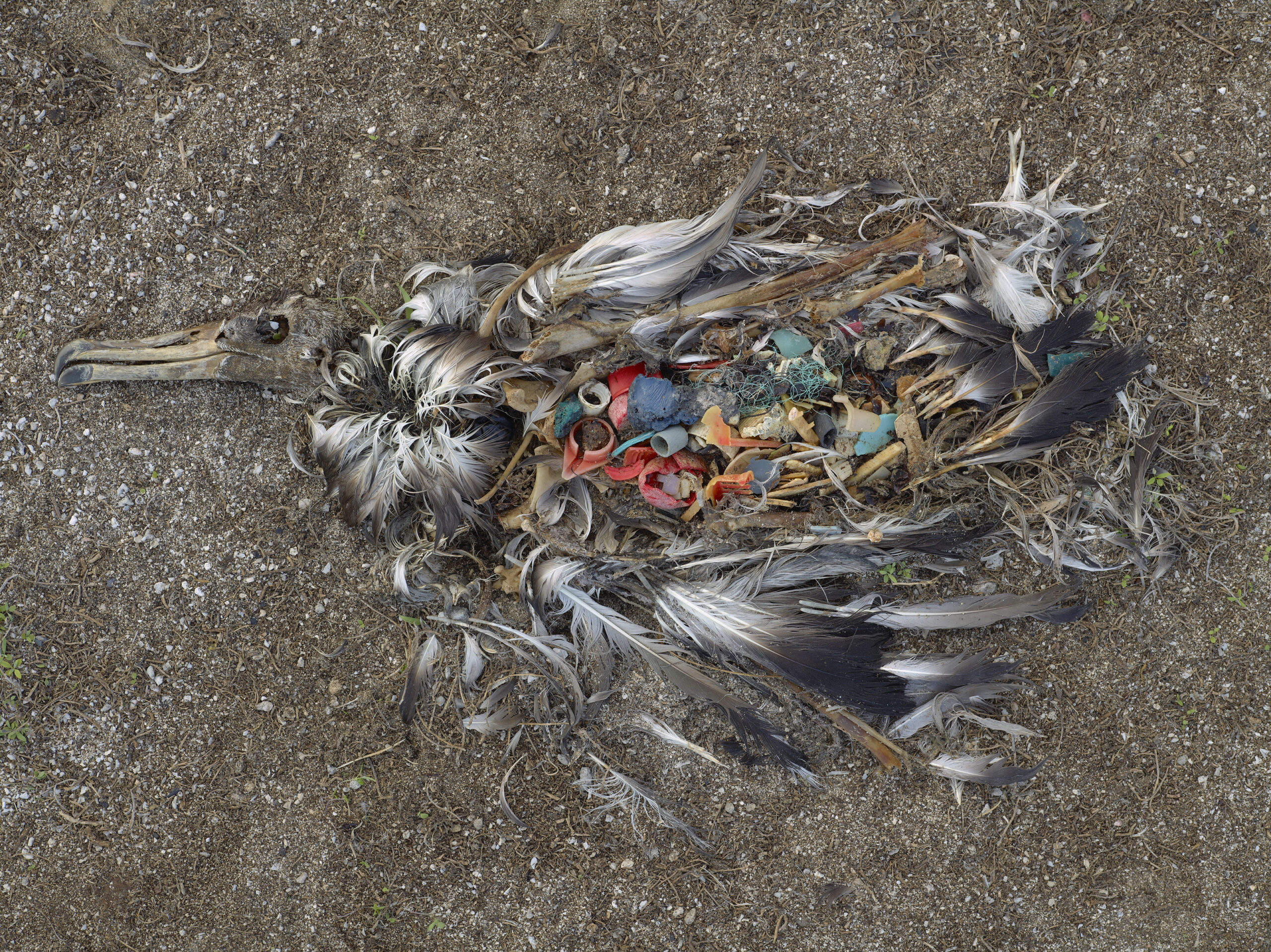Union Square in Manhattan breeds political, cultural, and environmental events that often spill over into neighborhoods around the square. For the past six years, in mid-October, the public and historic intersection has hosted rows of white tents with green flags for the city’s largest annual green event, “New Green City.”
Low-impact lifestyle
Born out of the spirit of the first Earth Day, the full-day event of action and dialogue aims to improve the city’s environment by educating its citizens about the benefits of the low-impact lifestyle. Beneath each tent, students and professors, environmentalists and entrepreneurs, campaign for recycling, alternative energy, community gardens, and farmers markets such as the Union Square Greenmarket, offering chefs and regular folks first-class, farm-fresh produce grown locally.
An “egg” that reads air quality
A young designer holds a white egg in his palms and asks, “Have you ever wondered what the quality of air is outside of your window?” The crowd is silent. “Well, this egg can tell you,” he replies. The small electronic sensing system is plugged into the wall and placed outside to read NO2, CO, temperature and humidity data. The RF transmitter then sends data wirelessly to the egg-shaped base station inside. “This is a good tool for understanding pollution,” he announces. The egg has raised over $140,000 in funding on Kickstarter, and
continues to spark development conversations and philosophical arguments in Google Groups.
A student from the Graduate Center for Planning and the Environment at Pratt University demonstrates student group projects on sustainable roofs. The focus then shifts to an urban planner slicing luffa known as Chinese Okra, which is grown as part of educational activities on Randall’s Island.
The benefits of green space
Timon McPhearson from the New School of Public Engagement speaks about the benefits of green space. “Parks and other green spaces cool the city and thereby offset the urban heat island effect, and also absorb storm water, which is important because otherwise the city would have even more storm water combined with sewage running into the rivers and streams (currently about 27 billion gallons annually),” he says. He points out the additional cooling benefits of weeded vacant lots. A frail activist hands out flyers to petition for proposed gas pipeline facilities on a 40-square mile recreation site, spanning three boroughs and parts of New Jersey. “I am looking for an environmental lawyer,” he announces to a puzzled crowd.
A journalist takes down his information and walks over to a tent hosted by a Brooklyn-based environmental organization advocating for the restoration and green development of the 1.8 mile long Gowanus Canal, including a 40-foot wide pedestrian and grassy pathway along its banks. By engaging people in citywide environmental initiatives, and especially through volunteer activities, residents have become extremely passionate about green public spaces. As the city welcomes one million additional residents in the next twenty years, advocacy for the greater good of the community will continue to dominate upcoming green debates.








